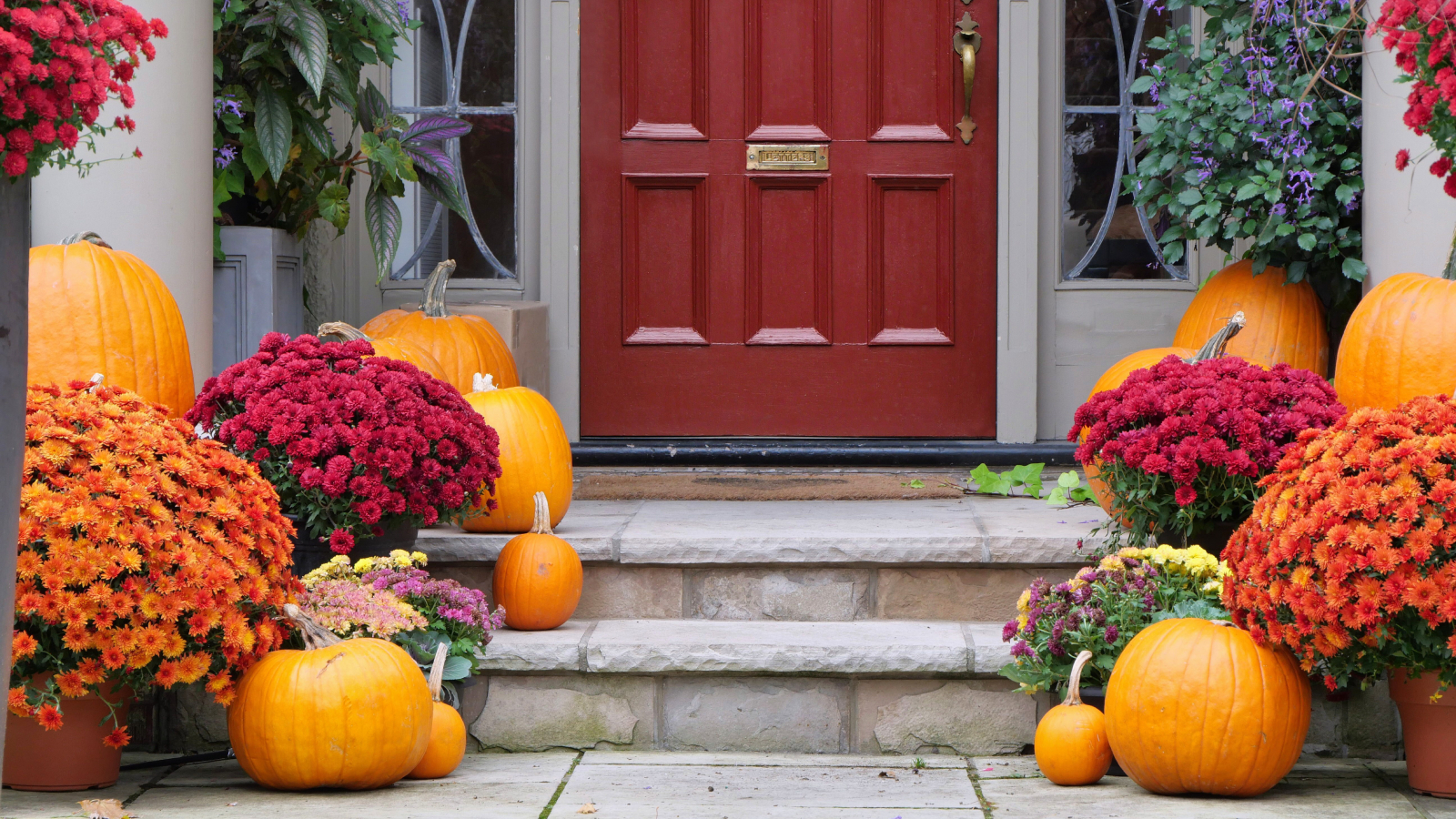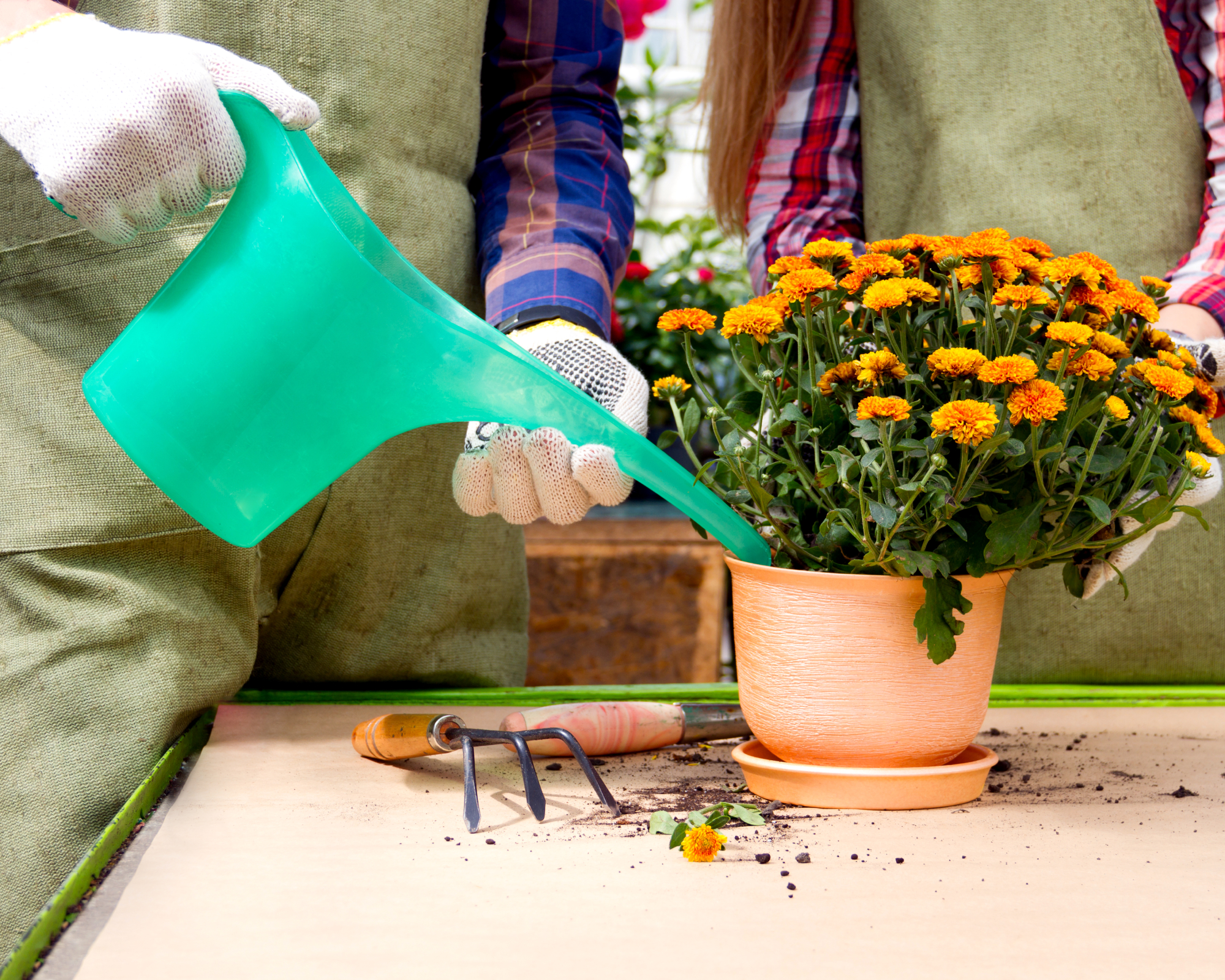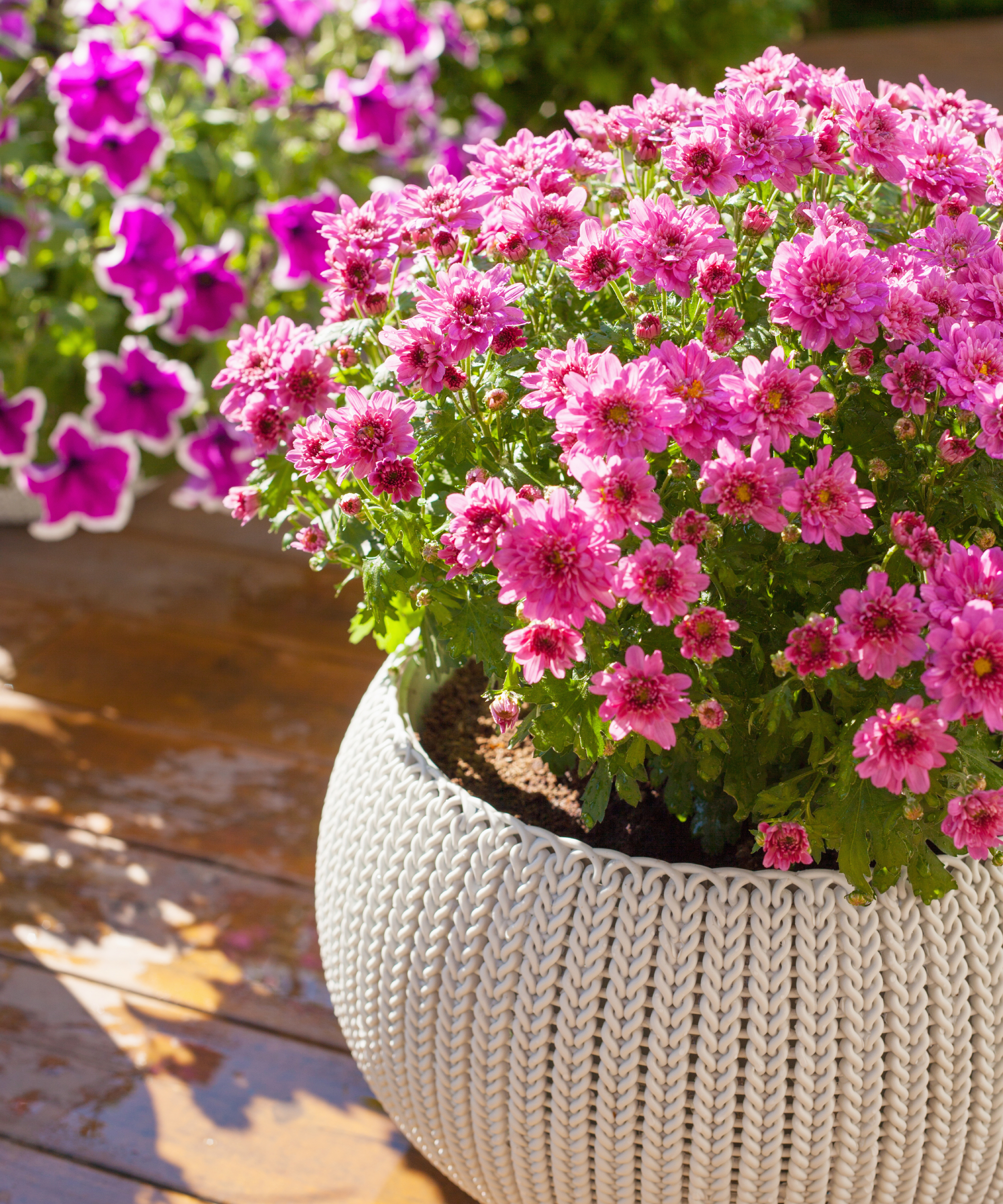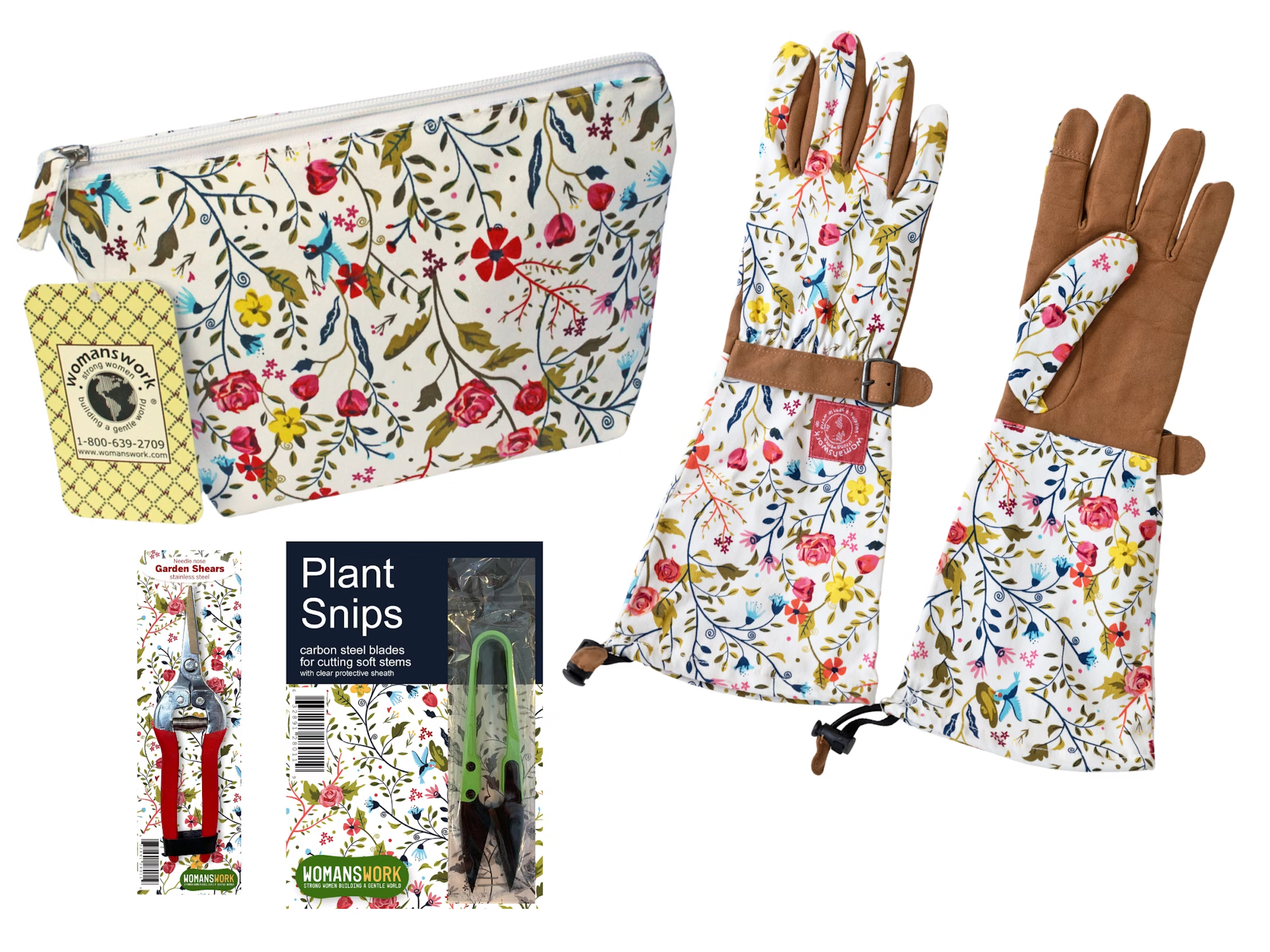How To Care For Mums In Pots: A Garden Expert’s Advice For Great Fall Blooms
Care of potted mums can be a little tricky, but following some simple rules can help you have blooms all autumn and maybe even next spring!


Whether you’ve been gifted the plant or just like to decorate your entry containers, we all need to know how to care for mums in pots. These fabulous late summer to fall bloomers often last into the first frosts of the winter season.
They are perennial plants with the exception of certain species of florist chrysanthemums. Growing mums is generally quite easy and, with good care, they should last for many years in containers. Although, you will need a few tips on how to care for potted mums.
Container grown plants have different needs than their counterparts grown in the ground. Our guide on how to take care of potted mums can have your plant blooming gorgeously every year.
How To Care For Mums In Pots
Chrysanthemums start showing up in grocery stores, floral shops, garden centers, and nurseries around August. They are one of the more common fall blooming plants suitable for growing in outdoor beds, but also in containers.
If you are growing in containers, you will want some guidance on how to care for chrysanthemums in a pot. Each variety has similar site, soil, water, and other basic needs, but those in planters or other containers require a bit more management than in-ground mums.
Choosing Potted Mums

If you are just starting out, the best choice is smaller mums in 4 inch pots. These are inexpensive and will grow into their container. If you are planting in containers outside, select hardy or “garden” mums. This variety of mums can withstand night freezes better than the florist or gift variety.
When buying mums, get plants with some open flowers so you can determine the color, but lots of buds. Check for broken stems and look at the overall health of the plant. If it is sitting in soggy soil or the soil is overly dry, the plant is not in good condition and may not survive transplanting into a new container.
Sign up for the Gardening Know How newsletter today and receive a free copy of our e-book "How to Grow Delicious Tomatoes".
Even though you may be itching to purchase your plants as soon as mums become available, it is best to wait until things are cooler. The flowers will last longer and the plant will tolerate transplanting much better if nights have started to get cool and daytime temperatures aren’t scorching.
Care Needs
A potted chrysanthemum can last for years in a container provided it is the hardy variety.
Water

Plants in pots dry out much faster than those in the ground. This is because of the limited soil space to hold moisture and the effects of heat and wind causing evaporation. Check on container mums daily. Water mums deeply when the soil is dry to the touch at a depth of 1 inch (2.54 cm.).
If your container dries out too much, place the entire container in a bucket of water for half an hour. Bottom watering potted plants allows the dry soil to soak up the water through the holes on the bottom of the pot ensuring all the soil gets moistened.
Even though mums prefer moist soil, they can fail if the planter lacks drainage holes and the soil is soggy. Ensure good drainage to prevent rots.
Light
Chrysanthemums need at least 6 hours of sunlight per day. If you are growing the plants under cover, move them out into the sunshine for much of the day. Without adequate sunlight , the colors will fade, and there will be fewer buds and blooms. A full sun location is preferable, but they will also fare well in partial sun provided the sun is the stronger late day light.
Deadheading
Mums really appreciate deadheading. In fact, it makes them produce even more flowers. Deadheading not only pretties up the container plant but it makes the plant think it isn’t setting seed and reproducing if you cut off spent flowers. This causes more buds to form as the plant tries to reproduce.
Another reason to deadhead is to keep the mum from sending energy into a dying flower. Instead, that energy is directed into new flower production. Use clean, sharp scissors, pruners, or garden snips, and remove the dead flowers down to the next growth node. You may also simply pinch them off with your thumb and forefinger.
Overwintering

Overwintering mums will allow you to have gorgeous blooms the following fall if done correctly. If you live in a temperate zone, you can leave your plants in situ over the winter. Mulch around the plant and leave the stems on until spring to provide a little insulation. In colder regions, move the containers to a cool, protected location like the garage or an unheated room.
The optimal winter temperatures for the plant should be between 32-50 degrees Fahrenheit (0-10 C.). Mums that will be moved can have their stems cut back to 3-4 inches (7.62-10.16 cm.) above the soil surface. If the area the plant will reside in for winter may experience freezing, wrap the container in burlap, frost barrier fabric, bubble wrap, or even an old blanket.
Make sure the soil is moist during the winter since moist soil retains more heat than dry dirt. The plant will not need as much water as in the growing season, but the soil should be moderately damp.
Frequently Asked Questions
How long will potted mums last?
If the plants are grown in the cooler months they will bloom for up to 8 weeks. The plants themselves can last for years if they are protected in winter. You should repot mums every year or 2 to freshen the soil. Increase the container size as necessary. Fertilize mums in late winter to early spring to drive foliar and bud formation.
What is the trick to keeping mums alive?
Do not let the container dry out all the way. It is very difficult for a Chrysanthemum to recover after such a period. Keep the soil moist but not soggy, fertilize annually, and deadhead as needed. Prune back the mums' dead stems in early spring to make way for new growth. Mums are quite easy to manage and perfect for even novice growers.
This article features products available from third-party vendors in the Gardening Know How Shop.

Bonnie Grant is a professional landscaper with a Certification in Urban Gardening. She has been gardening and writing for 15 years. A former professional chef, she has a passion for edible landscaping.
